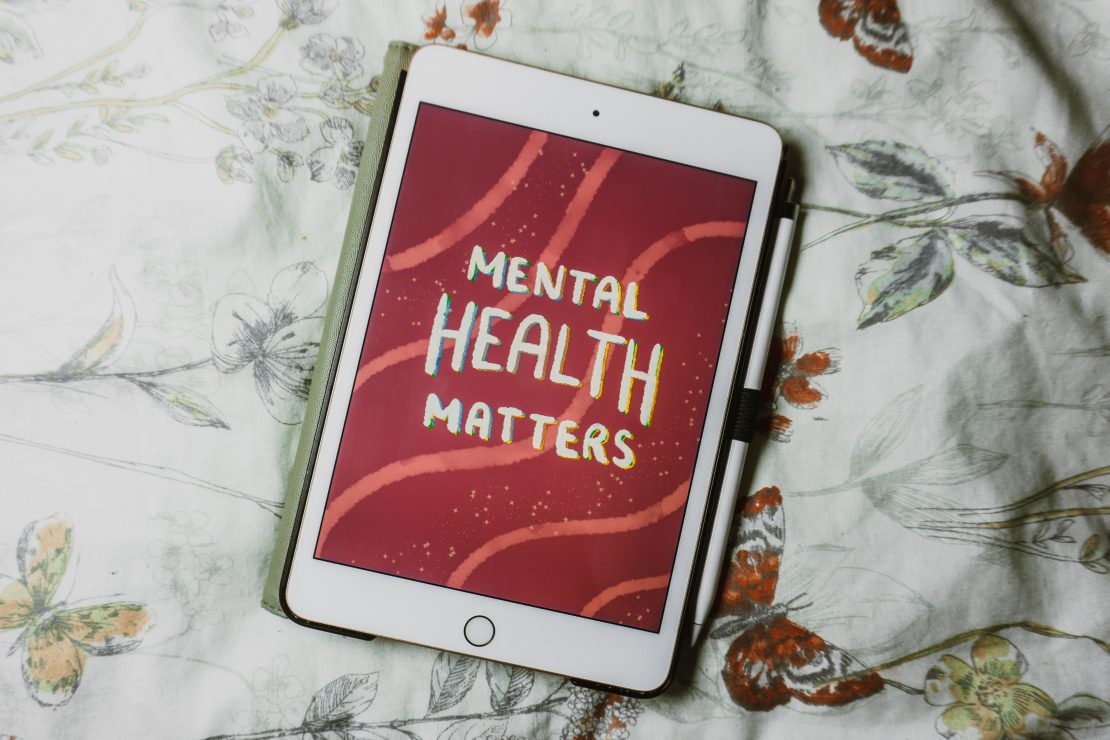Bridging the gap between mental health appointments

Photo by Chloe Latour.
Mental health resources in Canada are seriously lacking. As someone who has struggled with mental health issues for years, the lack of accessible care is a major issue that significantly affects my quality of life and the care I receive.
As a young adult moving to a new city away from my support network, I struggled to get consistent treatment for my mental health. Dealing with mental health issues is hard enough, and the added stress of finding treatment is disheartening and debilitating. For me, the process to see a health care worker was even more challenging because walkins were not an option. This is unjust. People who are struggling with their mental health need to be provided with access to support.
The main problem with Canadian mental health resources is the lengthy wait times for publicly-funded counselling services. Private counselling is a resource used by some who can afford it, but the cost is too high for many others. It’s great that there are opportunities for low income people to have support, but counselling is a time sensitive issue. These services are first come, first served, and there is no way of skipping the line. By the time those suffering with mental health issues are connected with a registered counsellor or psychiatrist by the waitlisting process, their problem could be even worse. And for some, it ends fatally.
I waited a month for an appointment at the UVic Student Wellness Centre, arrived on time, and sat in the waiting room for 30 minutes only to be told I couldn’t see my regular psychiatrist and I was offered no alternative or compensation. These incidents are just one example of the lack of resources, and they end up making me feel even worse. I start to question if the wait is worth it.
The lack of consistency in the system, unless you are in an inpatient program, is problematic. The cycle of waiting for help and succumbing to mental illness is vicious. We have a long way to go when it comes to undoing the stigma around mental health and providing adequate support on a systemic level.
In the meantime, one way to feel less isolated in the world is talking to people in your community. The Mental Health Society of Greater Victoria is an organization that focuses on educating community members about mental health. They offer free resources to help community members connect with each other and reduce the stigma around mental health.
If this doesn’t seem like it would work for you, interacting with the people of Victoria is another way to get connected. The interaction doesn’t have to be life changing, but a simple conversation with a person at the bus stop can improve your day. I always feel happier when I talk to the people around me rather than putting on headphones and shutting the world out. Talking to your friends or the community around you will help bridge the gap when waiting months on end for an appointment.
To the Canadian mental health system, we are just a number, but the people who love and care for us know we deserve care. If the waitlist were reduced by implementing community resources, such as groups where people can connect, the system would function better. Community is an overlooked resource. No one likes waiting, but waiting with people, on the other hand, is better. Time spent reaching out and making connections will make the wait more bearable.








